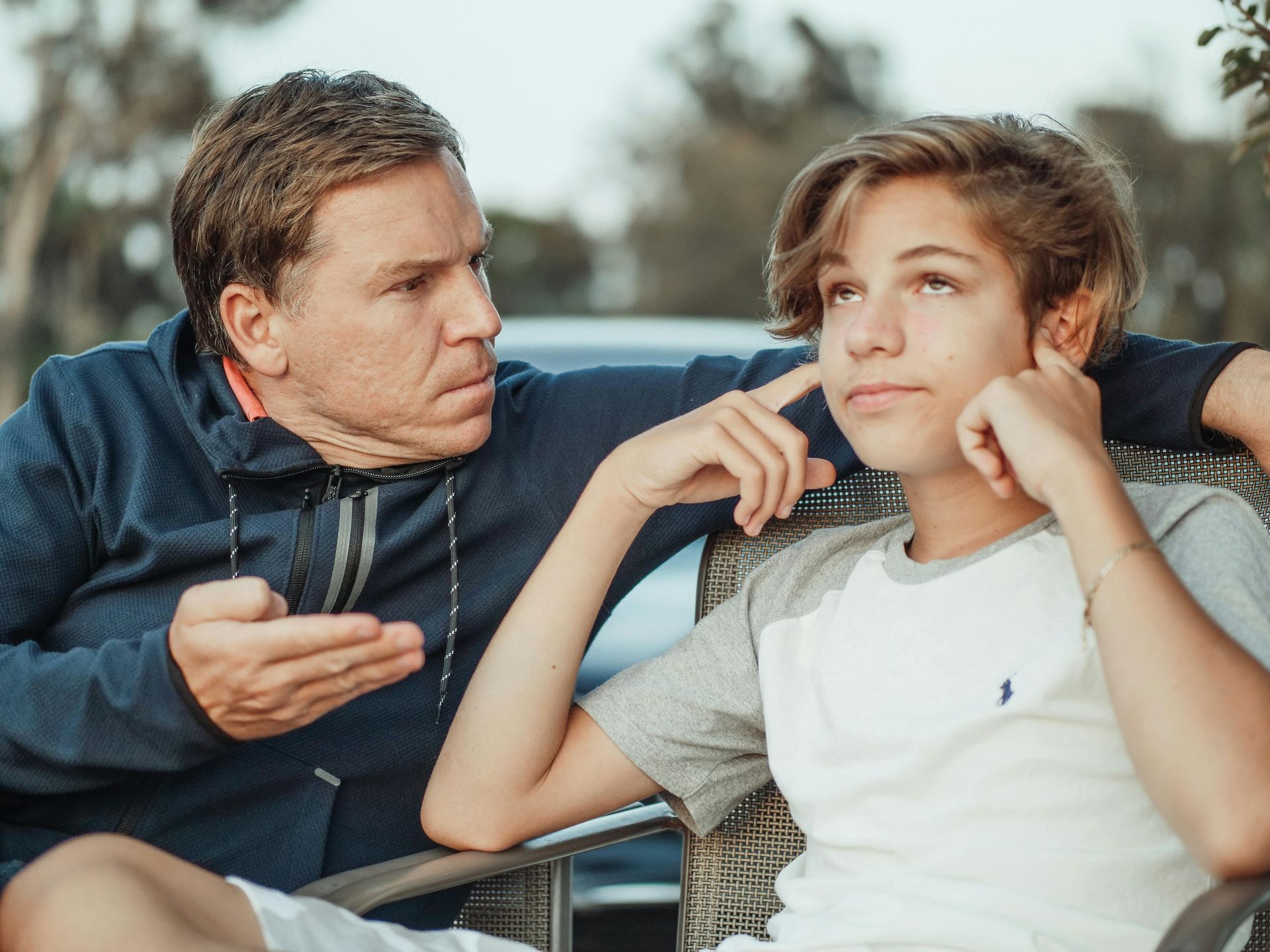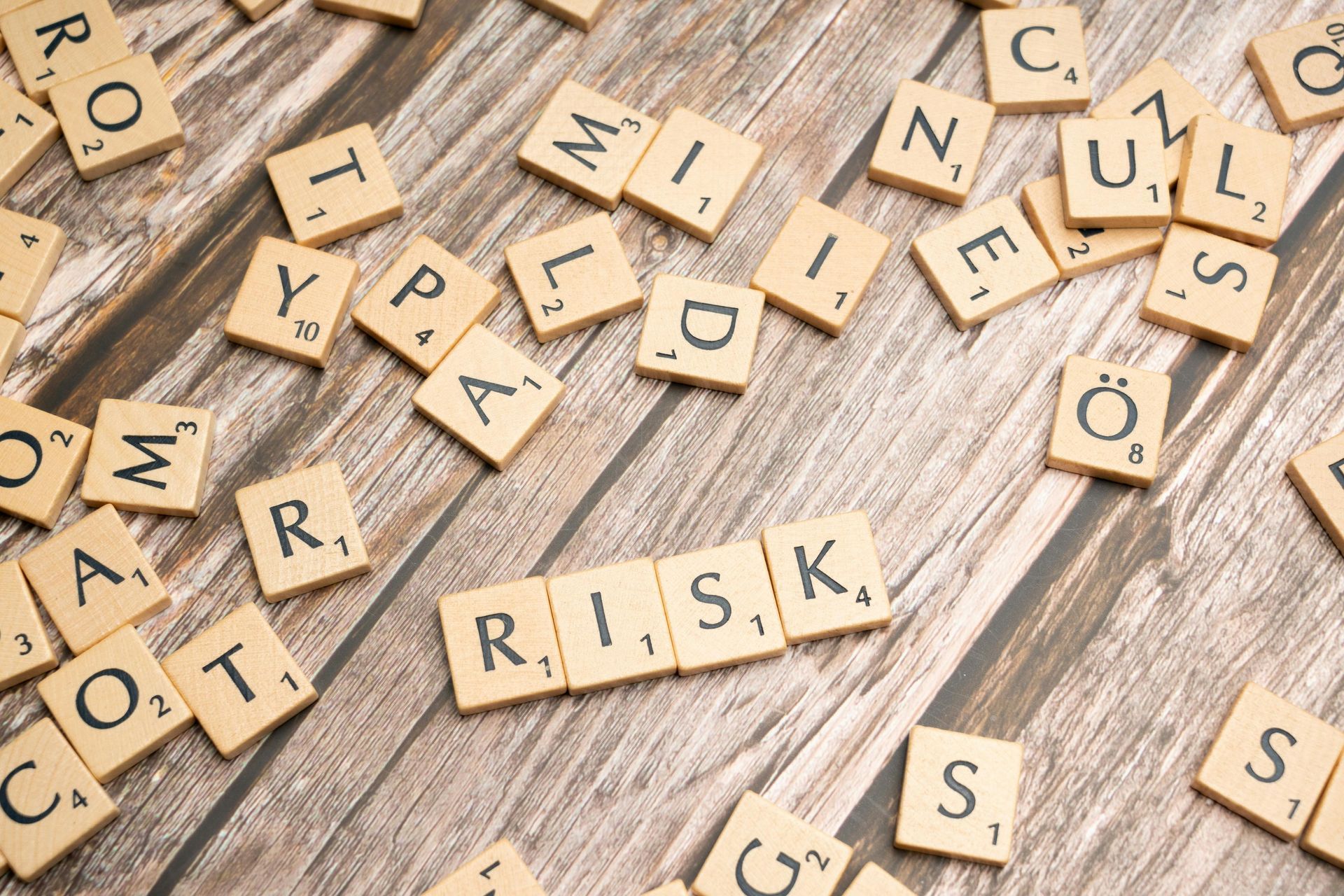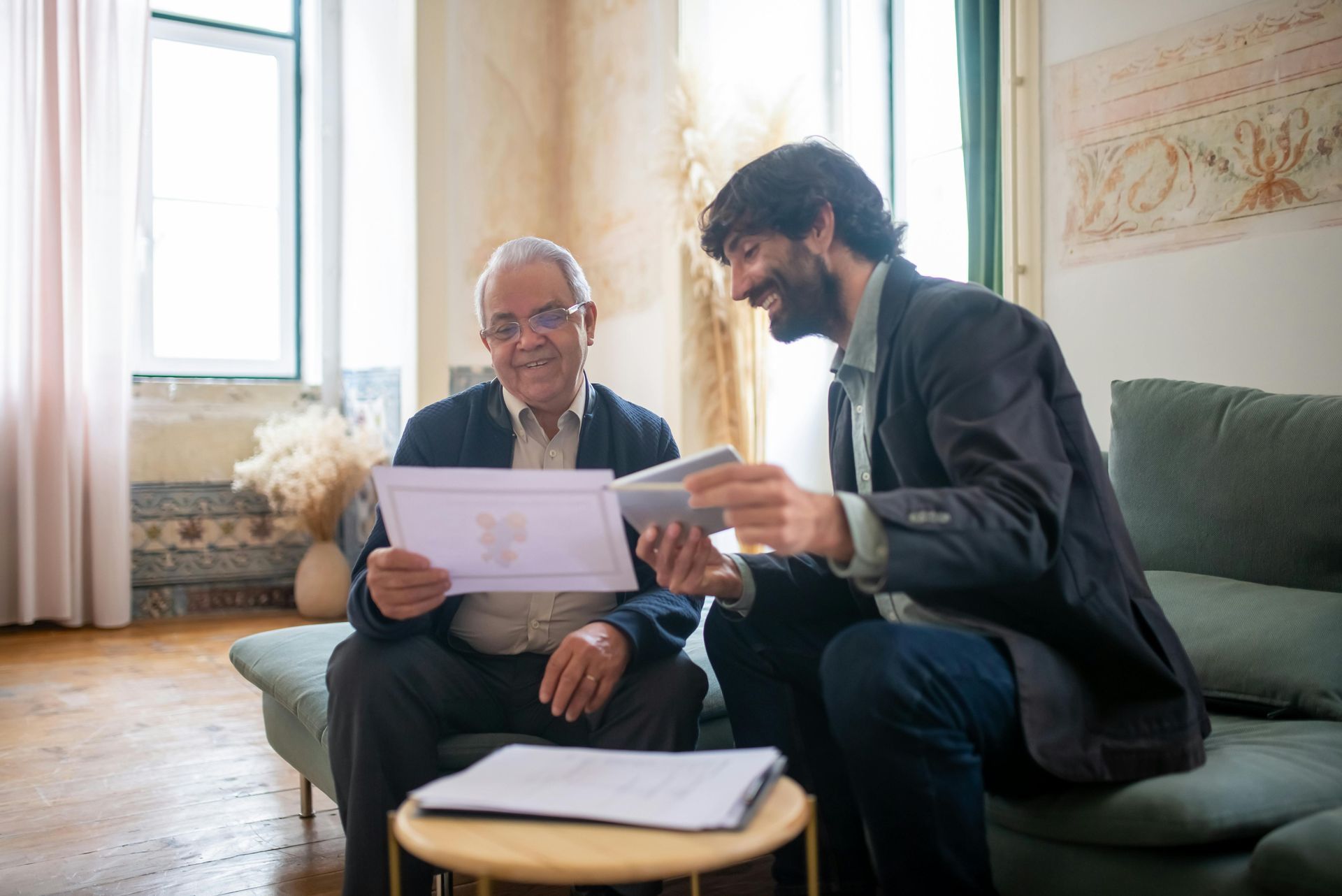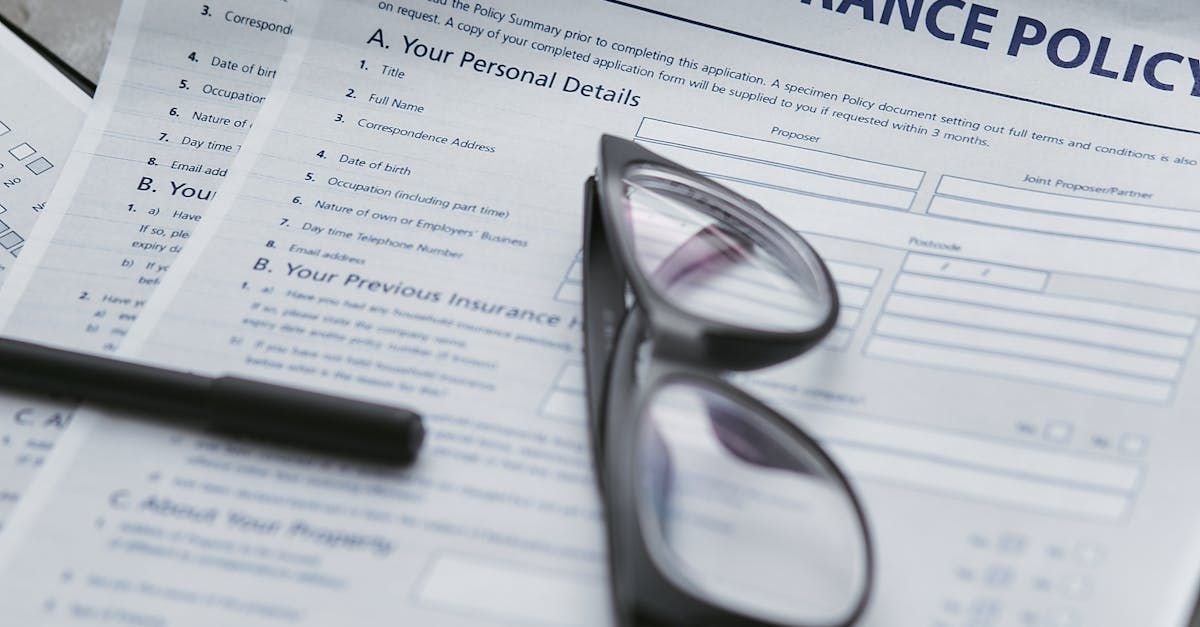Understanding Professional Liability Trends in Aging Services

In the quiet corridors of senior living facilities across America, caregivers face increasingly complex challenges in providing quality care while managing rising liability risks. A recent analysis of professional liability claims reveals troubling trends that every senior living operator needs to understand.
The Shifting Landscape
The data tells a compelling story: the average total cost of liability claims has risen 3.8% from $250,048 to $259,443 in recent years. But perhaps more striking is the widening gap between assisted living and skilled nursing facilities. Assisted living facilities have experienced a 7.6% increase in claim severity, with their average total costs now 14.4% higher than skilled nursing facilities.
These aren't just numbers – they represent real incidents affecting real people, and they signal a clear need for enhanced risk management strategies.
Understanding the Core Challenges:
The Fall Factor
Picture this: A resident with dementia, wandering their room at night, falls and suffers serious injuries. This scenario plays out far too often, with resident falls accounting for 41% of all claims. What's particularly concerning is that 70.4% of these falls involve residents with dementia – a stark increase from previous years.
The financial impact? Fall-related claims average $239,276, but the human cost is immeasurable. For families who entrust their loved ones to our care, each fall represents a breach of that trust and a failure in our duty to protect.
The Pressure Point
Pressure injuries remain a persistent challenge, making up 22.2% of all claims. These injuries, often preventable with proper care protocols, carry an average cost of $266,183. But more importantly, they represent hours of pain and suffering that could have been prevented with proper assessment and care planning.
The Ultimate Breach of Trust
Perhaps most disturbing is the sharp rise in resident abuse claims. The average cost of these claims has skyrocketed by 45.7% in skilled nursing facilities and 17.3% in assisted living facilities, with total costs reaching $375,338 and $396,263 respectively. These numbers reflect not just financial liability, but a fundamental failure in our duty to protect society's most vulnerable members.
Taking Action: A Path Forward
1. Enhanced Assessment and Monitoring
Regular assessments and proper documentation aren't just bureaucratic requirements – they're your first line of defense against adverse events. Implement comprehensive assessment protocols that include:
- Fall risk evaluations
- Skin integrity assessments
- Cognitive status monitoring
- Behavior tracking
2. Staff Training and Support
Your staff represents both your greatest asset and potential liability. Invest in:
- Comprehensive orientation programs
- Ongoing competency training
- Clear communication protocols
- Regular safety audits
3. Technology Integration
Leverage available technology to enhance resident safety:
- Electronic health records with built-in safety alerts
- Automated medication management systems
- Fall prevention monitoring systems
- Real-time incident reporting tools
4. Culture of Safety
Create an environment where safety is everyone's responsibility:
- Encourage incident reporting
- Implement regular safety huddles
- Maintain open communication channels
- Foster a blame-free environment for reporting concerns
The Bottom Line
The rising tide of liability claims in aging services isn't just a financial challenge – it's a call to action. Every dollar spent on claims represents a failure in our mission to provide safe, dignified care to our seniors. As leaders in aging services, we must view these trends not as inevitable costs of doing business, but as opportunities to enhance our care delivery systems.
Remember: The most expensive claim is the one that could have been prevented. By understanding these trends and taking proactive steps to address them, we can better protect both our residents and our organizations.
Next Steps
1. Review your current risk management protocols
2. Assess staff training needs
3. Evaluate technology solutions that could enhance resident safety
4. Consider scheduling a comprehensive risk assessment with your insurance partner
Don't wait for a serious incident to highlight gaps in your risk management strategy. The time to act is now.
*Looking for expert guidance in managing your aging services liability risks? Contact Echo Assurance today for a comprehensive review of your risk management strategy. Our specialized team understands the unique challenges facing senior living operators and can help you develop targeted solutions to protect your residents and your organization.











